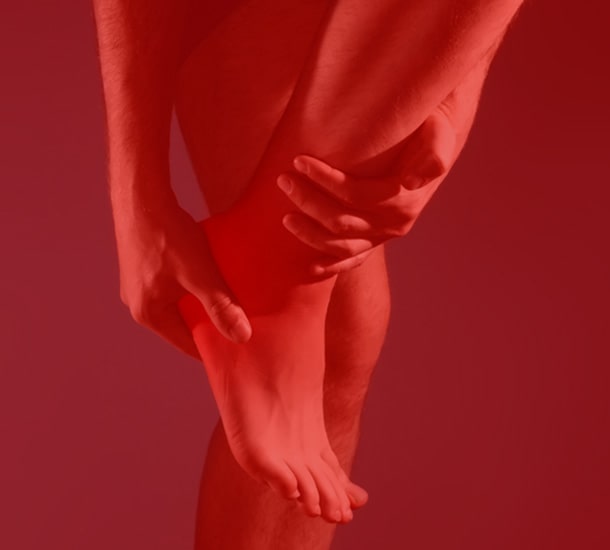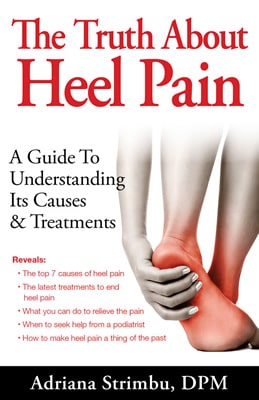Connect With Us
Blog
Displaying items by tag: kids
Ankle Sprains
Although ankle sprains may not be as serious as a broken ankle, they should be given immediate attention and care. An ankle sprain can lead to a significant amount of pain, as well as limited mobility. They are often characterized by the swelling and discoloration of the skin. This occurs when the ligaments are stretched beyond their limits.
The simple act of walking can sometimes cause a sprain, which makes ankle sprains a very common injury that can happen to anyone. They occur when the ankle twists in an awkward way or rolls over itself, causing a pop or snap in the tendons around the ankle. Some people are more at risk than others. These include athletes who continually push their bodies to the limits and also people who have previously suffered accidents to the feet, ankles, or lower legs.
Most of the time, an ankle sprain is not severe enough for hospital attention. There are many at-home treatment options available, including propping the leg up above your head to reduce blood flow and inflammation, applying ice packs to the affected area as needed, taking over-the-counter pain relievers and anti-inflammatory medication, using an ACE bandage to wrap and support the injured ankle, and most importantly, remaining off your feet until the ankle has fully healed.
Despite this, an ankle sprain can turn into a severe injury that might require hospitalization. If the ankle ligaments or muscles are damaged from a tear or rip, that is one sign that the sprain is severe enough for hospital attention and possibly for surgery. Even after the surgery, the recovery process can be long. You may need to have rehabilitation sessions administered by your podiatrist to get your ankle back to full health.
The severity of your sprain might become apparent if you are unable to stand or walk, consistent pain occurs over a prolonged period of time, swelling is much more severe than initially present, or if you start to experience tingling or numbness. These signs may indicate that your ankle sprain might actually be a broken ankle, an injury that requires immediate medical attention.
Although they are not completely avoidable, ankle sprains can be curbed with some preventative treatment measures. These include wearing appropriate-fitting shoes that not only provide a comfortable fit, but also ankle support. It is also recommended to stretch before doing any kind of physical activity, as this will help lower your body’s chance for an injury.
When one too many isn’t good…
 Some kids have an extra bone near their arch that can become painful. The extra bone can be on one foot or both. Of course, the extra bone stays with you for life.
Some kids have an extra bone near their arch that can become painful. The extra bone can be on one foot or both. Of course, the extra bone stays with you for life.
Most people who have this extra bone have flatter arches, otherwise known as flatfeet. The extra bone can be prominent enough that shoes will rub on it.
If a parent brings a child in because of pain in the arches, we always take x-rays to determine if an extra bone is part of the problem.
Custom inserts (orthotics) that raise the arches and prevent the heels from turning in are often the best solution.
Surgery is only necessary if the condition is severe.
Addressing any pain in a child’s feet early on can help to prevent problems in adulthood.
An adult’s arch pain could also be from an extra bone.
Custom orthotics are just as effective for adults as they are for kids.
Wearing shoes with a sturdy heel counter (the back of the shoe) can help to relieve this type of pain. We specialize in making orthotics for kids and adults who have arch pain from an extra bone or any other reason.
Our entire team is here to serve you. Please feel free to contact our office at 954-455-9404.





